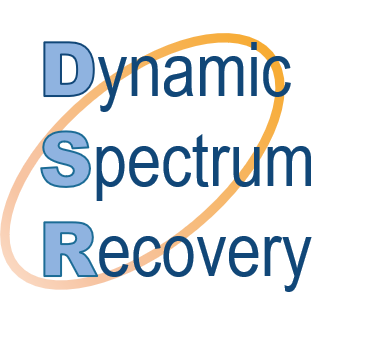What is Narrowband and
Wideband Interference?
NBI (narrowband interference) and WBI (wideband interference) refers to the source of the interference, and whether its bandwidth (or spectral width) is narrow or wide. NBI is characterized by relatively high interference power levels concentrated at specific frequencies, while WBI is characterized by lower power levels spread out over a frequency range.
Both types may originate from other mobile networks (co/adjacent channel interference) or from non-cellular sources. Overall signal strength (RSSI) may be high, but the undesirable noise and interference causes a poor signal quality (low SINR).

Other types of interference will leave a different signature in the frequency spectrum, arising from different causes:
Common Sources of NBI and WBI
TV broadcast towers
Radar installations
Other mobile networks operating on an adjacent channel
At a country’s border, foreign mobile networks operating on the same channel (co-channel interference)
Repeaters and bi-directional amplifiers
Electric motors, power supplies, digital signage and other unshielded electrical/electronic products
Case Study
Impaired Site Returned To Normal
The Problem
A high RSSI but poor base station KPIs alerted the mobile network operator. The ensuing investigation revealed a -93 dBm interferer from a communications tower.
The Solution
ISCO’s patented algorithms profiled this interferer and Dynamic Spectrum Recovery removed the interference.
The Outcome
-2.4dBm RSSI level
+17% Data Throughput
+3 Data Accessibility &
Retainability
+0.3 Voice Accessibility &
Retainability

Benefits of ISCO’s Dynamic Spectrum Recovery
Plug and Play
Our AI-based algorithms are self-learning, and hence do not require complex configuration nor detailed information on the source of the interference.
Adaptive
Interference levels can be dynamic and vary throughout the day or week. Dynamic Spectrum Recovery automatically adapts to the real-time status of the network and the interferer to eliminate the interference as required.
Time-Saving
Tracking down and eliminating the interferer is a resource intensive task. Uncooperative interferers create delays in resolution. And sometimes, it is just not possible to shut down the source of interference. Dynamic Spectrum Recovery can be deployed on a temporary or permanent basis, and the results are immediate.
How it Works
Dynamic, adaptive interference removal for NBI and WBI requires sophisticated algorithms incorporating continuous feedback. These are not simple notch filtering or phase cancellation techniques, but patent-pending detection and elimination methods developed by ISCO based on decades of experience working with mobile network operators.
